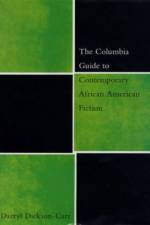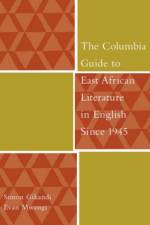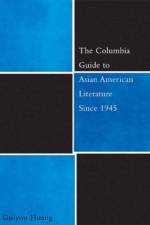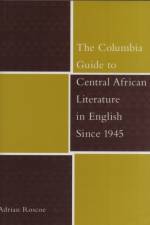av Darryl Dickson-Carr
1 101
From Ishmael Reed and Toni Morrison to Colson Whitehead and Terry McMillan, Darryl Dickson-Carr offers a definitive guide to contemporary African American literature. This volume-the only reference work devoted exclusively to African American fiction of the last thirty-five years-presents a wealth of factual and interpretive information about the major authors, texts, movements, and ideas that have shaped contemporary African American fiction. In more than 160 concise entries, arranged alphabetically, Dickson-Carr discusses the careers, works, and critical receptions of Alice Walker, Gloria Naylor, Jamaica Kincaid, Charles Johnson, John Edgar Wideman, Leon Forrest, as well as other prominent and lesser-known authors. Each entry presents ways of reading the author's works, identifies key themes and influences, assesses the writer's overarching significance, and includes sources for further research. Dickson-Carr addresses the influence of a variety of literary movements, critical theories, and publishers of African American work. Topics discussed include the Black Arts Movement, African American postmodernism, feminism, and the influence of hip-hop, the blues, and jazz on African American novelists. In tracing these developments, Dickson-Carr examines the multitude of ways authors have portrayed the diverse experiences of African Americans.The Columbia Guide to Contemporary African American Fiction situates African American fiction in the social, political, and cultural contexts of post-Civil Rights era America: the drug epidemics of the 1980s and 1990s and the concomitant "e;war on drugs,"e; the legacy of the Civil Rights Movement, the struggle for gay rights, feminism, the rise of HIV/AIDS, and racism's continuing effects on African American communities. Dickson-Carr also discusses the debates and controversies regarding the role of literature in African American life. The volume concludes with an extensive annotated bibliography of African American fiction and criticism.









